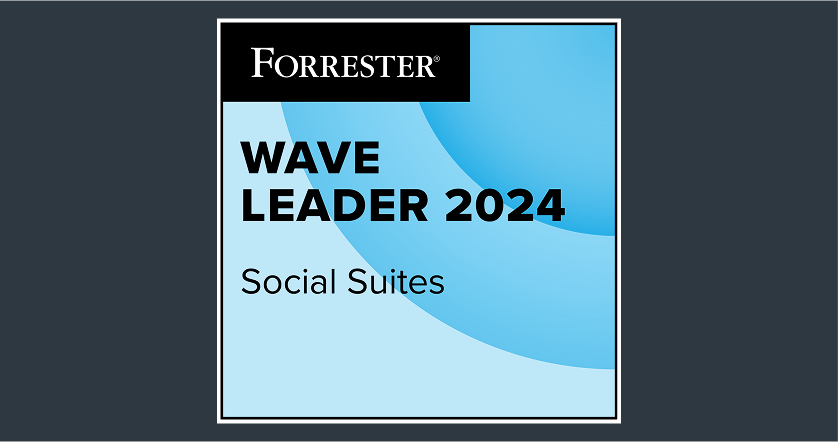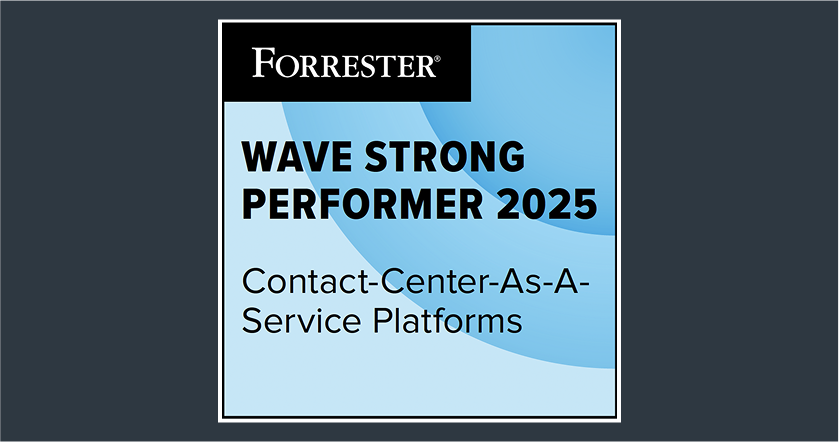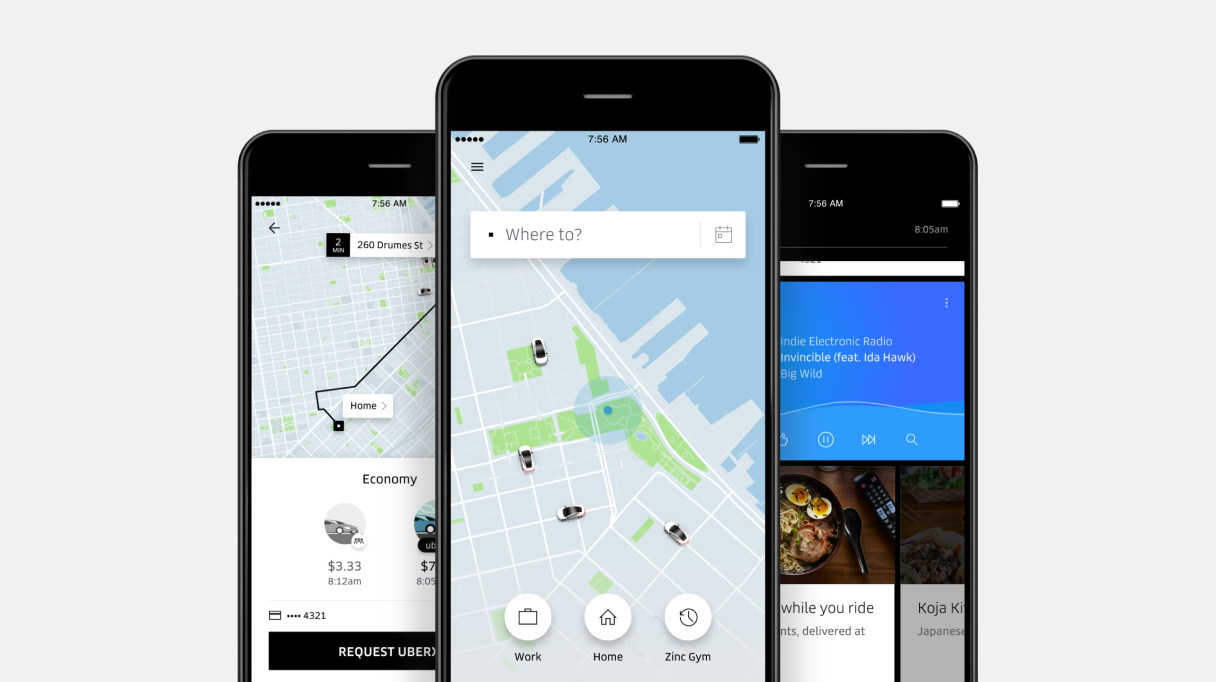What is customer entitlement?
Customer entitlement refers to customers’ sometimes exaggerated expectations of the rights and privileges they feel a business should extend to them — often beyond standard policies or reasonable service limits. An entitled customer frequently expects special treatment, personalized adjustments or rapid resolution on their terms, regardless of company guidelines.
In an era marked by instant access and high personalization, customer entitlement has become a prevalent challenge for customer service leaders who must balance customer empathy with business feasibility.
Root causes of customer entitlement:
Unrealistic expectations: Many customers hold heightened expectations for seamless experiences, assuming brands should operate flawlessly. When expectations are unmet, even minor issues can drive unreasonable demands.
Excessive personalization: As brands increasingly strive to deliver personalized customer service, some customers expect uniquely tailored responses at every touchpoint, sometimes misinterpreting personalization as customization on demand.
Previous pampering: Offering excessive goodwill gestures — such as free products or special upgrades — to appease demanding customers can inadvertently reinforce entitled behaviors, creating a cycle where customers learn to expect “special treatment.”
Social media amplification: When customers feel dissatisfied, many turn to social media as a public platform to voice complaints, often hoping to leverage public pressure to obtain concessions. The amplified visibility on these platforms can push brands into a reactive position, unintentionally reinforcing entitlement.
Identifying these triggers can help you manage entitlement effectively, avoiding customer behavior that crosses the line.
🔖Evaluate Your Side First: Bad Customer Service: Seven Ways to Identify and Fix it
What is the impact of customer entitlement on businesses?
Customer entitlement affects your business beyond annoying customer interactions; it can have far-reaching consequences on your brand and operations.
Financial costs
When brands appease entitled customers by offering refunds, free services or discounts, they chip away at their profit margin. For example, suppose a customer demands a free service upgrade due to dissatisfaction with a minor issue. In that case, the cost adds up over time, especially if multiple customers catch wind of these giveaways. This behavior trains customers to expect handouts rather than fair solutions.
Operational strain
Entitled customers often monopolize employee time and resources. Imagine a customer constantly demanding VIP treatment, taking up your support team's time longer than usual. This operational strain prevents teams from helping other customers, lowering overall productivity and efficiency. You can see bottlenecks, especially during high-demand seasons, slowing response times and frustrating more reasonable customers.
Negative impact on employee morale
Dealing with demanding, entitled customers can quickly burn out frontline employees. When employees constantly handle unreasonable demands, it drains their motivation and makes them feel unappreciated. For instance, customer service agents might leave jobs more quickly if they consistently face hostile or entitled customers, causing additional recruitment and training costs.
Brand reputation damage
Appeasing entitled customers might temporarily avoid backlash, but it can damage your brand in the long term. If other customers see your brand bowing to unfair demands, it could lead to negative word-of-mouth or social media criticisms. Worse yet, entitled customers may encourage more aggressive behavior among your customer base, leading to a decline in how the public perceives your brand.
💡Helpful Read: How should brands manage their online reputation?
How to identify entitled customers
Identifying entitled customers involves recognizing specific behaviors. Here are some characteristics that can help identify and classify difficult customers:
Type | About them | How they act |
🤑 Demanding customer | Expects priority customer service and tends to make excessive or unreasonable demands. | Always insists on being served first, regardless of fairness, pushing for additional services beyond what is offered. |
😒 Dissatisfied customer | Frequently unhappy with products or services and seeks compensation for perceived wrongs. | Regularly complains about minor issues and expects refunds, replacements or discounts, even for minor inconveniences. |
🤔 Indecisive customer | Struggles to make decisions and constantly seeks reassurance, which delays the sales or service process. | Repeatedly asks for comparisons, alternatives and validation despite multiple and repeated responses. |
😓 Vague customer | Provides unclear or incomplete information about what they want. | Gives vague descriptions of their needs, such as "I want something good," without further clarification. |
😠 Impatient customer | Has little tolerance for delays and quickly becomes frustrated when things don’t move at their expected pace. | Frequently interrupts or rushes the service process, demanding immediate resolution, even during peak times. |
🔖 Bookmark Now: How to Deal with Angry Customers: 19 Proven Tips
8 Effective approaches to managing customer entitlement
Dealing with entitled customers can be tricky, but it’s an art you can master with the right strategies. Let’s examine these.
1. Practice empathy without enabling
Empathy is a vital element of exceptional customer service, but when managing entitled customers, it's essential to balance understanding customer frustrations with upholding fairness and business integrity. Your brand must connect with customers meaningfully without compromising its principles.
As Forbes emphasizes, empathy is one of the most important leadership skills in today's business world — so why not apply it to customer interactions? Begin by addressing the customer's emotions. Acknowledge their concerns or frustrations to demonstrate that their feelings matter but maintain firm boundaries when demands become unreasonable.
For instance, if a customer demands an unrealistic discount, you might respond with:
"I completely understand your desire to get the best value — we all want that! However, our pricing is designed to ensure the highest product quality and fair compensation for everyone involved. This allows us to deliver the experience our customers deserve consistently."
By taking this approach, you validate the customer's perspective while calmly explaining your stance. This shows empathy without reinforcing entitled behavior, fostering respect and preserving the integrity of your service.
🎯 Pro Tip
Utilize reflective listening to recognize and validate a customer's feelings and frustrations, particularly regarding delays. This method affirms their emotions and enables you to uphold policies, such as expediting orders, without resorting to offering discounts.
🔍 Deep Dive: Display Empathy in Customer Service in 5 Steps
2. Set clear expectations upfront
Transparent communication is one of the most effective ways to prevent customer entitlement. When customers clearly understand what to expect from the outset — whether it’s related to service timelines, product features or pricing — they are less likely to develop unrealistic demands. Setting boundaries early creates transparency, builds trust and reduces the likelihood of disappointment later on.
For example, if a customer makes a purchase, provide an estimated delivery time and a detailed explanation of your return policies upfront. You align their expectations with reality, avoiding surprises or frustration if things don’t go as they assumed. This proactive communication helps manage expectations and fosters a smoother relationship.
🎯 Pro Tip
Use confirmation emails, welcome packages or onboarding materials as opportunities to set the tone for your customer support. Include FAQs, clarify what is and isn’t included in your service and outline key processes like escalation paths or response times. When customers understand your scope of service from the start, misunderstandings are minimized, making it easier to navigate challenging situations.

🎧 Watch: Does Your Organization Meet the Expectations of Modern Customers?
3. Offer self-service options
Entitled customers often demand immediate attention, but providing robust customer self-service options can help diffuse this dependency. Self-service options such as FAQs, knowledge bases, or chatbots empower customers to find solutions on their own terms, giving them the control they seek while minimizing reliance on support staff.
🤺Let’s face the ground reality
Imagine a customer insisting that a customization request be processed immediately by the agent:
Customer: "I want to add another field to my file management solution. I need you to submit a customization request right now."
Agent: "I completely understand. Typically, customization requests must be logged directly by customers via our ticket management portal. It only takes 2–3 minutes to complete."
Customer: "No, I need you to do it now. Logging in is a hassle — I’m in the middle of something."
Agent: "I hear you and I wish I could help directly. However, for security reasons, customization requests must be linked to your customer ID and password, which only you can provide. The good news is that our app’s recent upgrade makes ticket logging faster and more convenient. The sooner you log the request, the quicker our team can prioritize it."
This approach is empathetic but firm, reinforcing company policies while guiding the customer toward an efficient resolution.
Self-service options aren’t just about efficiency — they also align with the growing expectations of today’s digital-first customers. Gartner reports that 38% of Gen Z and millennial customers will likely abandon a service issue if self-service options aren’t available. By offering tools that are accessible, intuitive and secure, you not only address entitlement but also create a modern, customer-friendly experience.
📌 Editor’s Pick: We were promised effective Self-Service. What went wrong, and what needs to change?
4. Guide them through problems patiently
Entitled customers often believe their issues deserve immediate attention and special treatment. The key to diffusing this mindset is not to react hastily but rather to guide them through the problem step-by-step, offering practical solutions along the way.
Consider a customer demanding an immediate refund for a solvable issue. Rather than reacting hastily, take the time to walk them through troubleshooting. Reassure them that your priority is to resolve their problem effectively rather than resorting to a quick fix that may not address the root cause. This approach helps set a positive tone and positions you as a partner in solving the issue, not an adversary.
✨ The Right Words Make All the Difference
Use positive language and avoid phrases that could escalate frustration. Instead of saying, "You’ll have to wait," try, "Let’s work on this together and get it fixed as quickly as possible."
This subtle but crucial shift in tone demonstrates your commitment to the customer while maintaining professionalism and authority, often de-escalating tension.
📔 Must Read: 11 Essential Customer Service Skills & How to Develop Them
5. Stick to policies with flexibility
Entitled customers often expect exceptions to established rules, but maintaining consistency in your company’s policies is vital for fairness and credibility. However, there’s room for thoughtful flexibility in certain situations. The key is to stand firm on your policies while presenting an alternative solution that aligns with your brand’s standards.
Suppose a customer requests a refund beyond the return policy deadline. Instead of disregarding the policy, you might offer an exchange or store credit as a middle ground. This approach demonstrates your willingness to accommodate their concerns without compromising the integrity of your policies. When applied appropriately, flexibility reinforces your brand’s customer-centric values while maintaining fairness for all. Learn how to build a customer-centric brand.
🎤 Expert’s Take
Always document instances where flexibility is extended. Note the specifics of the situation and the reason for the exception. This ensures transparency and provides a reference point for future interactions, helping your team remain consistent while learning from unique cases.
💡Good Read: Customer Case Management: Scenarios and Best Practices
6. De-escalate intense situations
Handling entitled customers can sometimes lead to heated exchanges and confrontations. Often, the best course of action is to focus on de-escalation. Start by listening actively and acknowledging the customer’s frustration without taking their behavior personally. This simple act of validation can often diffuse a tense situation.
For instance, saying something like, "I understand you're upset, and I want to make sure we find the best solution for you. Let's take a moment, and I’ll check what options are available," can lower the emotional temperature and refocus the interaction on problem-solving.
🔖 Important Read: Escalation Management: How to Manage It Effectively
7. Offer a loyalty or appreciation program
One way to soften feelings of entitlement is to acknowledge your customers’ loyalty through a rewards or appreciation program. These programs show that you value customer relations, making them feel appreciated rather than taken for granted. Offering perks such as early access to products, special discounts, or points for future purchases helps balance entitlement while fostering brand loyalty.
For instance, long-standing customers might appreciate a personalized thank-you message and a reward, which can shift their perspective from expecting more to feeling valued. This approach eases entitlement and strengthens your customer’s connection to your brand.
8. Leverage customer feedback to adjust interactions
Encouraging customers to share feedback can transform a challenging interaction into a valuable opportunity for improvement. When entitled customers feel heard, their frustration often softens, fostering a more constructive dialogue. Feedback helps you understand their perspective and uncovers actionable insights to refine your processes and enhance future interactions.
Implementing post-interaction customer surveys allows you to gauge customer satisfaction and identify moments when entitlement tendencies arise. By analyzing feedback trends, you can proactively adjust your approach to address recurring challenges and better align with customer expectations.
Here is a good starting point: What is customer feedback management and how to do it
😊 Good to Know
Capturing feedback requires tools that go beyond basic surveys. This is where Sprinklr’s online survey software shines. It delivers a comprehensive 360° view of customer sentiment by integrating survey responses with data from social platforms, review sites and service interactions — all in one place.
What makes it even better? Crafting surveys is a breeze. With customizable templates, question variations and media-rich features, you can deploy engaging customer satisfaction surveys in over 150 languages using built-in translation capabilities.

📋 Compiled for You: Top 11 Customer Feedback Tools for Customer Service in 2024
The fine line between exceptional service and encouraging entitlement
Exceptional service doesn't mean saying "yes" to every demand. Overcompensating to appease a difficult customer — offering excessive refunds, upgrades, or personalized solutions — can set unrealistic expectations for future interactions. This drains resources and risks alienating other customers who receive standard treatment. To understand this better, let's take this example:
🏅 Exceptional service
You walk into a restaurant, greeted by a warm smile and a perfectly timed "Welcome back, Mr. Smith. Your usual table is ready."
The waiter anticipates your order, knowing your preference for medium-rare steak and a glass of Merlot. It's a delightful experience, isn't it? This exceptional service goes beyond the expected to create a memorable experience.
😣 Enabling entitlement
A customer demands a free meal because their steak arrived a minute late. The waiter, fearing negative feedback, complies. This sets a precedent; the customer feels entitled to special treatment.
🔖Must Read: 13 Examples of Good Customer Service for Your Business
Customer entitlement poses a significant challenge today. With rising expectations driven by hyper-personalized experiences, a culture of instant gratification and the amplification power of social media, businesses often find themselves in a precarious position. If left unaddressed, entitlement can strain resources, disrupt operations and alienate your team, ultimately damaging the customer experience you aim to provide.
However, what if entitlement could become an opportunity instead of a threat? It could pave the way for stronger relationships, streamlined processes and an enhanced customer service strategy.
This is where modern solutions like Sprinklr Service come into play. Equipping your team with the right tools can redefine how your brand tackles customer care challenges. You’ll be able to anticipate customer needs, manage expectations and deliver consistent, empathetic service.
The key is to use entitlement as a lens to identify service gaps, refine your approach, and create a fair and exceptional experience for all your customers. Why not develop a lasting service strategy that meets even the most demanding customer expectations? It all begins with the right customer service suite. Take the first step today!
FAQ
Thank you for contacting us.
A Sprinklr representative will be in touch with you shortly.
Contact us today, and we'll create a customized proposal that addresses your unique business needs.
Request a Demo
Welcome Back,
No need to fill out any forms — you're all set.








